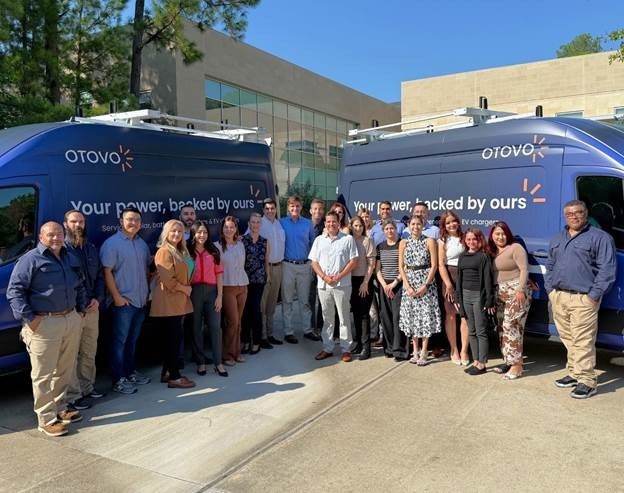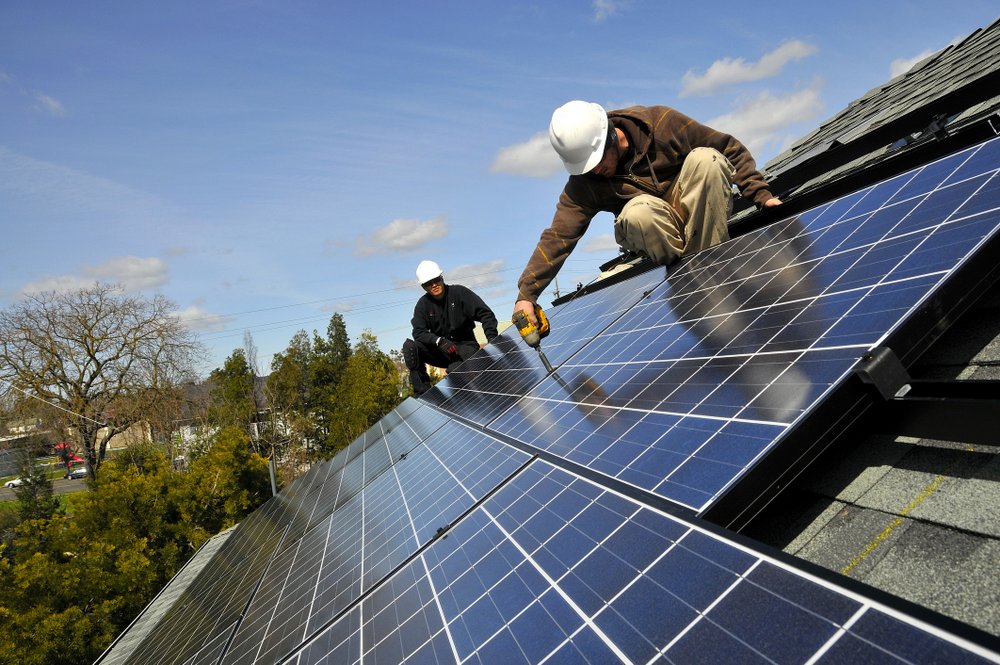California pulls funding from world’s largest virtual power plant program
Demand Side Grid Support battery fleets delivered 720 MW of capacity, but future is uncertain without Cap-and-Trade support, says CALSSA

California lawmakers and Gov. Gavin Newsom have cut funding for the state’s Demand Side Grid Support (DSGS) program — a move that could wind down what advocates call the largest virtual power plant (VPP) in the world. The decision comes just three years after the program was created to prevent rolling blackouts and reduce electricity bills.
In the final days of the 2025 legislative session, the legislature removed DSGS funding from the Cap-and-Trade reauthorization bill (AB 1207). The program has money to cover incentives through 2025, but not enough for 2026.
“They are shutting down the biggest virtual power plant in the world,” said Kate Unger, senior policy advisor for the California Solar & Storage Association (CALSSA). “This program helps keep the lights on and reduces energy bills at the same time, and it’s being killed just when it’s needed most.”
How the DSGS program worked
Launched in 2022 under AB 205, DSGS was part of the state’s emergency reliability toolkit after grid crises in 2020 and 2022. The program’s battery VPP option, added in 2023, quickly enrolled more than 720 MW of behind-the-meter battery capacity.
The Brattle Group projects that with continued funding, the DSGS battery fleet could reach 1,300 MW within three years — making it larger than any other known VPP globally.
Bill savings on the line
Brattle’s recent analysis found the DSGS battery program delivers up to $2 in customer bill reductions for every $1 invested. CALSSA argues that makes it more cost-effective than California’s existing Climate Credit, and cheaper than extending the life of natural gas plants — some of which have cost the state more than $1.2 billion in recent reliability contracts.
DSGS also paid only for capacity actually delivered, at a price lower than new Resource Adequacy procurement, which has been steadily rising.
What’s next?
Without new allocations, the program is expected to contract in 2026 despite its success. Industry groups warn the loss will undercut California’s grid flexibility as extreme weather intensifies.
“Our state’s leaders are squandering a huge opportunity by turning away from this smart, money-saving program,” Unger said. “Without new funding, we have lost the opportunity to solidify California’s position as an innovator and world leader in using customer batteries to save money for all of us.”





Comments are closed here.